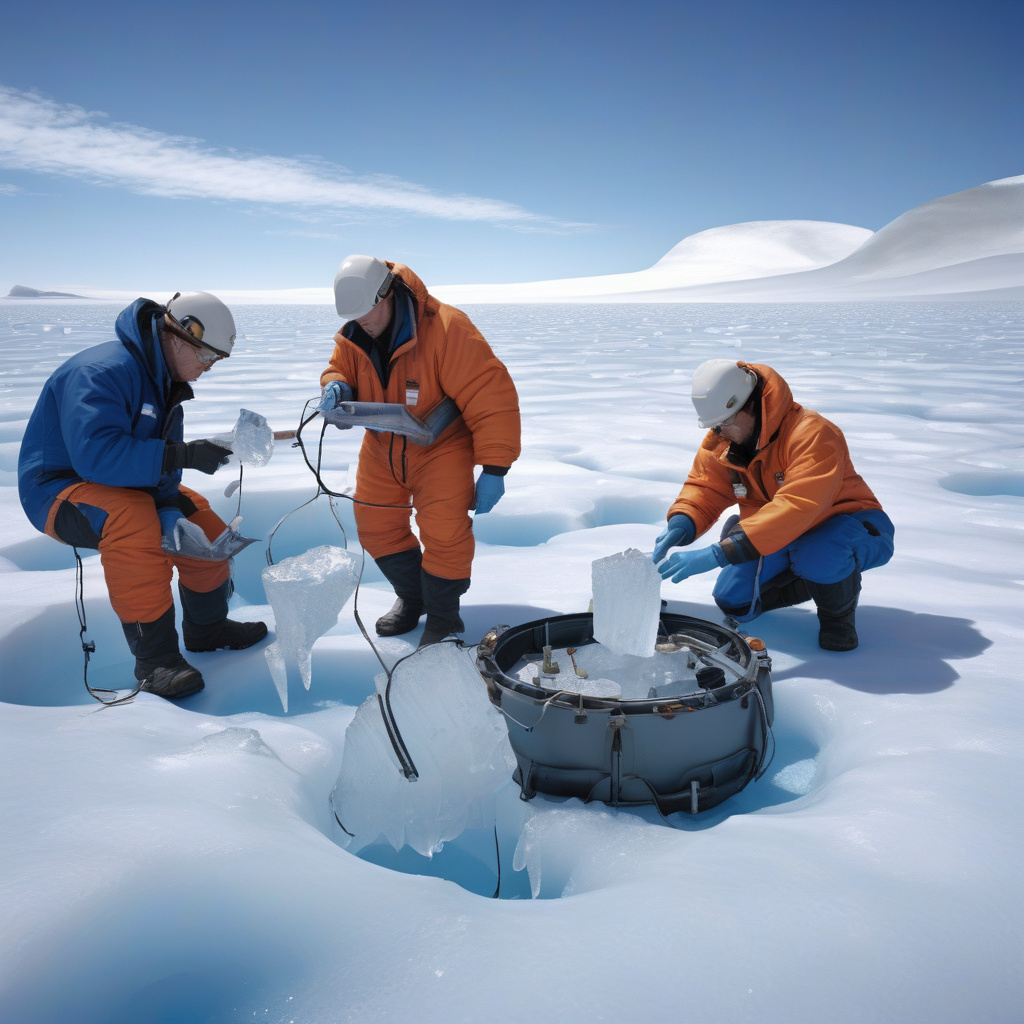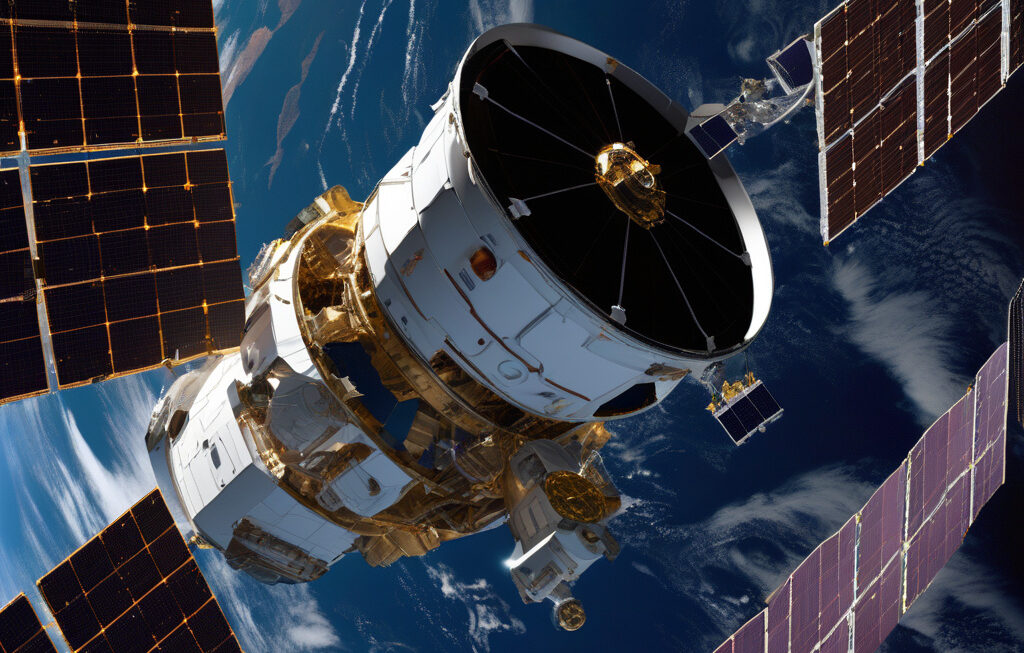US Scientists Uncover Oldest Directly Dated Ice, Preserved for 6 Million Years
US scientists have reported the discovery of a six-million-year-old ice sample from the Allan Hills in Antarctica. This remarkable finding is the oldest directly dated ice ever uncovered and provides invaluable insights into Earth’s ancient climate history.
The ice sample was extracted from a depth of 1,755 meters, where it has been preserved for millions of years. By analyzing air bubbles trapped within the ice, researchers can reconstruct past atmospheric conditions, including carbon dioxide levels and temperature fluctuations. This information is crucial for understanding how the Earth’s climate has evolved over geological timescales.
One of the most significant implications of this discovery is the opportunity to study Earth’s climate during the Pliocene epoch, which lasted from 5.3 to 2.6 million years ago. This period is of particular interest to scientists because it was the last time in Earth’s history when atmospheric carbon dioxide levels were similar to those observed today. By studying the ancient ice sample, researchers hope to gain insights into how the Earth’s climate system responds to high levels of carbon dioxide, which is essential for predicting future climate change scenarios.
In addition to its scientific significance, the discovery of the six-million-year-old ice sample also highlights the importance of preserving Antarctica’s ice cores. These ice cores act as archives of Earth’s climate history, providing a unique window into the planet’s past. As climate change accelerates, it is more critical than ever to protect these valuable records and continue to study them for insights into our planet’s future.
The research team plans to conduct further analysis on the ancient ice sample, using advanced techniques to extract as much information as possible. By studying the chemical composition of the ice, researchers can learn about past ocean temperatures, volcanic eruptions, and even solar activity. This multidisciplinary approach is essential for painting a comprehensive picture of Earth’s climate history and understanding the complex interactions that drive global climate systems.
Furthermore, the discovery of the six-million-year-old ice sample underscores the importance of international collaboration in scientific research. Antarctica is a continent that belongs to no single nation, and studying its ice cores requires coordinated efforts from scientists around the world. By working together, researchers can pool their expertise and resources to tackle some of the most pressing questions about Earth’s past, present, and future.
In conclusion, the uncovering of the oldest directly dated ice sample, preserved for 6 million years, represents a groundbreaking achievement in climate science. This discovery not only sheds light on Earth’s ancient climate history but also provides valuable insights into how our planet’s climate system responds to changing conditions. By continuing to study Antarctica’s ice cores and unraveling the secrets they hold, scientists can deepen our understanding of climate change and inform strategies for mitigating its impact on our planet.
science, climatechange, Antarctica, research, climatehistory












